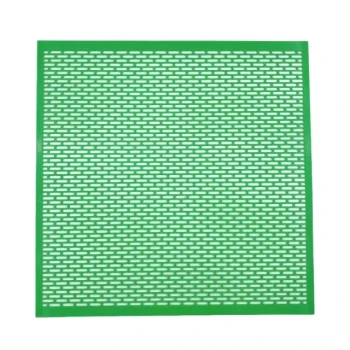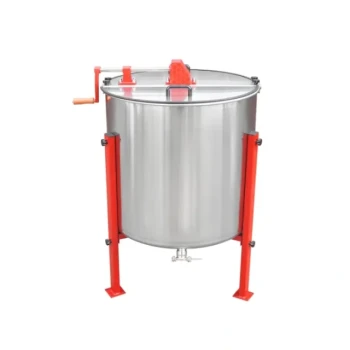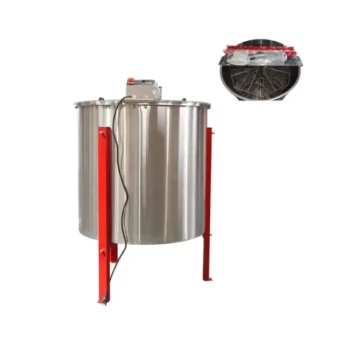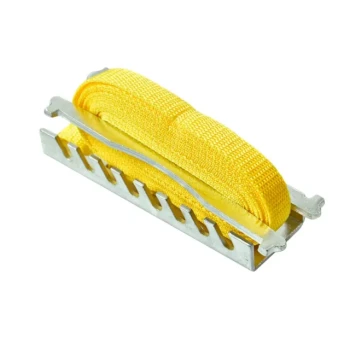When it comes to protecting your colonies, the single most accurate and widely recommended method for monitoring varroa mite levels is the alcohol wash. This technique provides a reliable, quantitative snapshot of the mite infestation on your adult bees, removing the guesswork and allowing you to make data-driven decisions about hive health and treatment.
While the alcohol wash offers the highest accuracy, the most critical factor for colony survival is not the specific method you choose, but the discipline of consistent and regular monitoring. An imperfect test performed regularly is far more valuable than a perfect test performed sporadically or not at all.
Why Accurate Monitoring is Non-Negotiable
Failing to monitor mite levels is one of the leading causes of colony loss. Think of monitoring not as a chore, but as taking your colony's pulse. It provides the essential data you need to act effectively.
From Guesswork to Data
Visual inspections are unreliable; a colony can appear strong while harboring a catastrophic mite load. Monitoring moves you from hoping your bees are healthy to knowing their mite count.
An alcohol wash provides a clear "mites per 100 bees" percentage, which is the industry standard for assessing risk.
Establishing a Treatment Threshold
Monitoring tells you precisely when mite levels have crossed the treatment threshold (often 2-3%, or 6-9 mites in a 300-bee sample).
This prevents you from applying chemical treatments unnecessarily and ensures you act decisively before an infestation spirals out of control.
Verifying Treatment Efficacy
Testing before and after you apply a mite treatment is the only way to know if it actually worked. This step is critical for evaluating your mite control strategy and making adjustments for the next season.
Performing the Alcohol Wash: A Step-by-Step Guide
The alcohol wash is a straightforward process. With practice, you can complete a test in just a few minutes.
Equipment Needed
You will need a small kit: a wide-mouthed jar with a ½ cup measurement line, a second container, and a piece of #8 hardware cloth (8 openings per inch) to act as a sieve.
For the liquid, 70% rubbing alcohol or winter-grade windshield washer fluid works perfectly. The fluid dislodges mites and preserves them for an easy count.
Collecting the Bee Sample
First and most importantly, find and secure your queen. You must ensure she is not part of the sample. Set her frame aside.
Next, choose a frame from the brood chamber, preferably one with emerging brood. This is where phoretic mites (mites on adult bees) tend to congregate.
Hold the frame vertically over a bucket or plastic tub and give it one sharp, downward shake. This will dislodge thousands of bees.
Quickly scoop a level ½ cup of bees (approximately 300) and pour them into your jar, which should be pre-filled with about an inch of alcohol.
Counting the Mites
Secure the lid on the jar and swirl it vigorously for 60 seconds. This motion is what detaches the mites from the bees' bodies.
After swirling, pour the alcohol and mites through the mesh screen into your second, lighter-colored container, leaving the bees behind in the jar.
Carefully count the tiny, reddish-brown varroa mites in the bottom of the container.
Calculating Your Mite Load
To get your infestation rate, divide the number of mites you counted by 3. This gives you the percentage of mites per 100 bees.
For example, if you counted 9 mites, your calculation would be 9 / 3 = 3. This indicates a 3% infestation rate, which signals an immediate need for treatment in most regions.
Understanding the Trade-offs
While the alcohol wash is the gold standard for accuracy, it's important to understand its primary trade-off and how it compares to other methods.
Accuracy vs. Bee Mortality
The main drawback of the alcohol wash is that it sacrifices the bee sample. This is a non-negotiable part of the process.
However, the loss of 300 bees is a completely negligible number for a healthy colony, which can have a population of 30,000-60,000 bees in the summer. The data gained is far more valuable than the small loss of life.
The Role of Other Methods
A common non-lethal alternative is the sugar roll method, where powdered sugar causes bees to groom, dislodging mites.
While this method spares the bees, it is consistently less accurate than an alcohol wash, as not all mites will fall off. It tends to underestimate the true mite load, which can give a beekeeper a false sense of security.
The Principle of Consistency
The best method is the one you will use consistently. If the lethal nature of the alcohol wash makes you hesitant to test, then a sugar roll performed monthly is better than an alcohol wash performed once a year.
Making the Right Choice for Your Goal
Your monitoring strategy should align with your specific beekeeping objectives.
- If your primary focus is maximum accuracy for treatment decisions: The alcohol wash is the undisputed standard and should be your method of choice.
- If your primary focus is frequent, low-impact checks and you are averse to killing bees: The sugar roll is a viable alternative, but be aware it may underestimate the true mite load and adjust your treatment threshold accordingly.
- If you are managing many hives or running a commercial operation: The consistency and accuracy of the alcohol wash provide the most reliable data for making sound, large-scale economic decisions.
Ultimately, proactive monitoring is the foundational skill that separates successful beekeepers from those who merely keep bees.
Summary Table:
| Monitoring Method | Accuracy | Bee Mortality | Best For |
|---|---|---|---|
| Alcohol Wash | High (Gold Standard) | Yes (300 bees) | Accurate treatment decisions, commercial operations |
| Sugar Roll | Moderate (Underestimates) | No | Frequent, low-impact checks |
| Visual Inspection | Low (Unreliable) | No | General hive health (not mite-specific) |
Protect Your Apiary with Precision Equipment from HONESTBEE
Accurate varroa mite monitoring is the cornerstone of successful beekeeping. Equip your operation with the reliable supplies needed to perform consistent alcohol washes and other essential hive management tasks.
HONESTBEE supplies commercial apiaries and beekeeping equipment distributors with high-quality, wholesale-focused beekeeping supplies and equipment. We help you make data-driven decisions to protect your investment and ensure colony health.
Ready to enhance your mite management strategy?
Contact HONESTBEE today to discuss your wholesale equipment needs and secure the tools for a thriving apiary.
Visual Guide
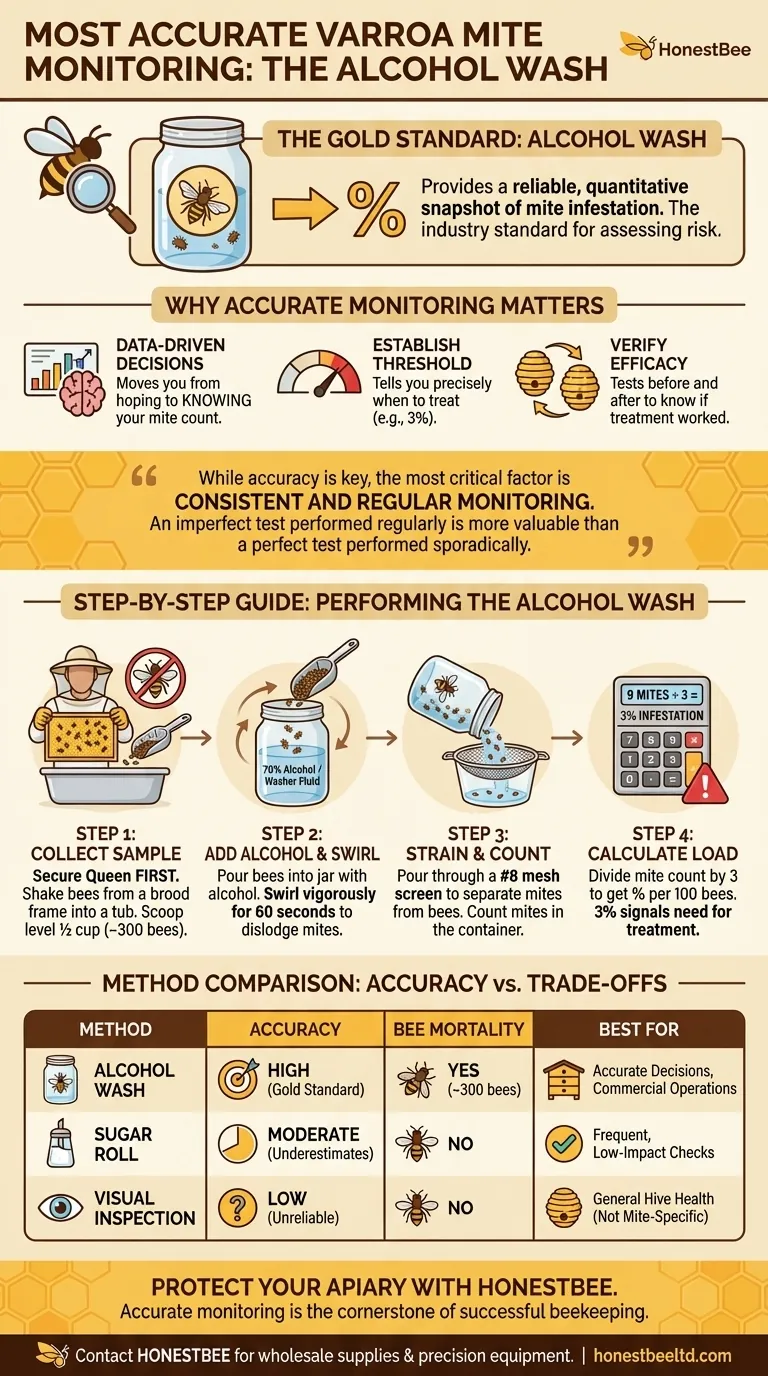
Related Products
- Varroa Easy Check Mite Tester Kit Counter Alcohol Wash Jar
- Nicot Queen Rearing Kit for Beekeeping and Grafting in Nicot System
- Professional Plastic Queen Excluder for Modern Beekeeping
- Jenter Queen Rearing Kit Complete Set for Bee Breeding
- Metal Queen Bee Excluder for Beekeeping
People Also Ask
- What is the Varroa EasyCheck and its purpose? Streamline Your Hive Health Monitoring
- How does the Varroa EasyCheck determine mite counts? Achieve Accurate Hive Health Monitoring
- How often should varroa mite checks be performed using the alcohol wash method? Optimize Your Apiary's Health
- What are some popular methods to measure Varroa mite load in beehives? Compare Accuracy & Bee Safety
- What are the steps to perform an alcohol wash test after collecting the bees? A Guide to Accurate Varroa Mite Counting










